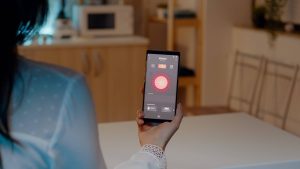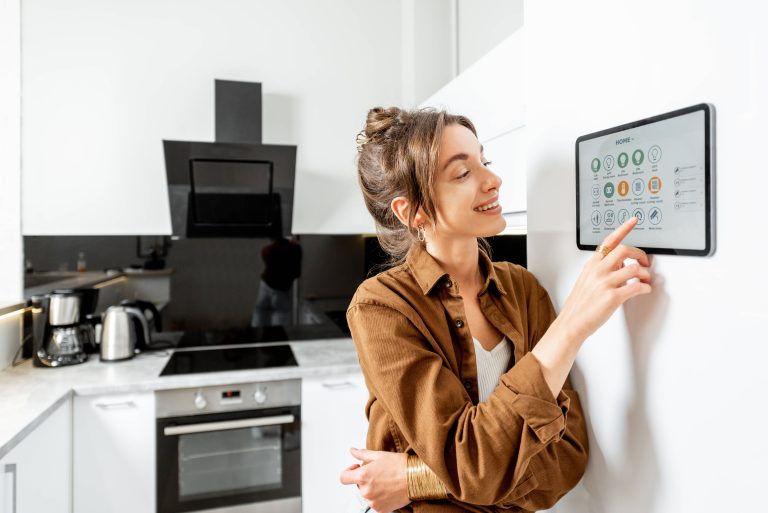
In the era of rapid technological advancement, smart home devices have become integral to our daily lives, offering convenience, efficiency, and enhanced security. However, as with all technological innovations, misconceptions and myths often circulate, potentially causing hesitation and fear among users. Today, we’re setting the record straight by debunking some of the most common myths about smart home security.
Myth 1: Smart Home Devices Are Easy to Hack
One of the most prevalent myths about smart home security is that these devices are inherently easy to hack. While it’s true that any internet-connected device can be vulnerable to cyber-attacks, the risk can be significantly mitigated with proper security measures.
Reality:
Manufacturers are continually upgrading the security features of smart home devices to combat potential threats. By adopting robust encryption protocols, regular software updates, and strict authentication processes, they ensure that their products are well-protected.
As a user, you can enhance security by:
– Using strong, unique passwords for each device.
– Enabling two-factor authentication where possible.
– Keeping firmware and apps up to date with the latest security patches.
– Using secure, private home networks for your smart devices.
Myth 2: Smart Home Security Systems Are Too Expensive
Another common myth is that smart home security systems are prohibitively expensive, making them accessible only to those with deep pockets.
Reality:
The market for smart home devices is incredibly diverse, with a range of products to suit various budgets. From high-end, fully integrated security systems to affordable, standalone devices like smart doorbells and cameras, there are options for everyone. Additionally, the long-term savings gained through enhanced security and energy efficiency often justify the initial investment.
Myth 3: All Smart Home Devices Are Always Listening
Privacy concerns are a significant issue, with many people believing that smart home devices, particularly voice assistants, are always listening and recording conversations.
Reality:
Smart home devices are typically designed to respond only to specific wake words or commands. When not actively engaged, they are in a passive listening state and not recording or transmitting your conversations. Most reputable companies also provide transparency about data collection practices and offer settings to disable microphones or review/delete recorded data.
To ensure privacy, you can:
– Review and adjust the privacy settings on your devices.
– Regularly delete stored voice recordings.
– Place smart home devices in less sensitive areas of your home.
Myth 4: Smart Home Security Systems Are Difficult to Install and Use
The complexity of installing and operating smart home security systems is another major misconception that can deter potential users.
Reality:
Most modern smart home devices are designed with user-friendliness in mind, featuring straightforward installation processes and intuitive interfaces. Many devices are wireless and offer step-by-step setup guides, often accompanied by mobile apps that simplify management and control.
For those who prefer professional assistance, many vendors offer installation services to ensure everything is set up correctly and to provide peace of mind.
Myth 5: Smart Home Security Systems Are Only for Tech-Savvy Individuals
There’s a common belief that only tech-savvy individuals can effectively use and manage smart home security systems.
Reality:
Smart home technology has evolved to be accessible to a wide audience, regardless of technical expertise. Devices are designed with ease of use as a priority, featuring plug-and-play setups and user-friendly apps. Many systems incorporate voice control through digital assistants like Amazon Alexa, Google Assistant, or Apple Siri, making operation as simple as speaking a command.
Additionally, there are numerous online resources, tutorials, and customer support services available to assist users with any questions or issues.
Myth 6: Smart Home Devices Will Stop Working if the Internet Goes Down
A common concern is that smart home devices will become inoperable if there is an internet outage.
Reality:
While some features may rely on internet connectivity, many smart home devices are designed to function locally. For example, smart locks, lights, and thermostats often have local control options, allowing them to operate within the home network without internet. Moreover, some security systems include cellular backup to maintain functionality even during internet interruptions.
Myth 7: Smart Home Security Compromises Personal Attention
Some people believe that relying on smart home security may lead to a false sense of security and reduced vigilance.
Reality:
Smart home security systems should be viewed as a supplemental layer of protection rather than a replacement for personal vigilance. They provide multiple benefits such as real-time monitoring, instant alerts, and the ability to control and monitor your home remotely. However, it’s still essential to practice good security habits, such as securing entry points and being aware of your surroundings.
Conclusion:
While myths surrounding smart home security can be daunting, it’s crucial to separate fact from fiction. By understanding the real capabilities and limitations of smart home devices, you can make informed decisions that enhance the safety, convenience, and efficiency of your living spaces. Remember that with the right precautions and awareness, smart home technology can be a powerful ally in creating a secure and comfortable future.







